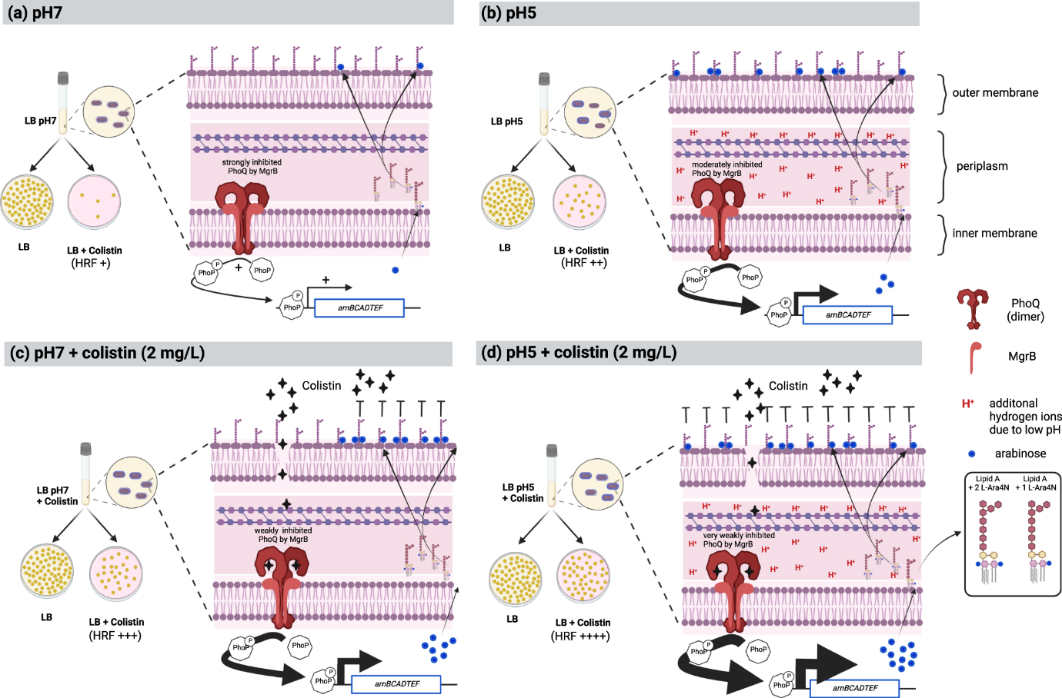
Resolving colistin resistance and heteroresistance in Enterobacter species
Nat Commun 14, 140 (2023).
https://doi.org/10.1038/s41467-022-35717-0
Link of the article: https://www.nature.com/articles/s41467-022-35717-0
Authors list: Swapnil Prakash Doijad, Nicolas Gisch, Renate Frantz, Bajarang Vasant Kumbhar, Jane Falgenhauer, Can Imirzalioglu, Linda Falgenhauer, Alexander Mischnik, Jan Rupp, Michael Behnke, Michael Buhl, Simone Eisenbeis, Petra Gastmeier, Hanna Gölz, Georg Alexander Häcker, Nadja Käding, Winfried V. Kern, Axel Kola, Evelyn Kramme, Silke Peter, Anna M. Rohde, Harald Seifert, Evelina Tacconelli, Maria J. G. T. Vehreschild, Sarah V. Walker, Janine Zweigner, Dominik Schwudke, DZIF R-Net Study Group & Trinad Chakraborty*
Abstract:
Species within the Enterobacter cloacae complex (ECC) include globally important nosocomial pathogens. A three-year study of ECC in Germany identified Enterobacter xiangfangensis as the most common species (65.5%) detected, a result replicated by examining a global pool of 3246 isolates. Antibiotic resistance profiling revealed widespread resistance and heteroresistance to the antibiotic colistin and detected the mobile colistin resistance (mcr)−9 gene in 19.2% of all isolates. We show that resistance and heteroresistance properties depend on the chromosomal arnBCADTEF gene cassette whose products catalyze transfer of L-Ara4N to lipid A. Using comparative genomics, mutational analysis, and quantitative lipid A profiling we demonstrate that intrinsic lipid A modification levels are genospecies-dependent and governed by allelic variations in phoPQ and mgrB, that encode a two-component sensor-activator system and specific inhibitor peptide. By generating phoPQ chimeras and combining them with mgrB alleles, we show that interactions at the pH-sensing interface of the sensory histidine kinase phoQ dictate arnBCADTEF expression levels. To minimize therapeutic failures, we developed an assay that accurately detects colistin resistance levels for any ECC isolate.

Figure. Schematic model of mechanistic pathways leading to colistin heteroresistance.